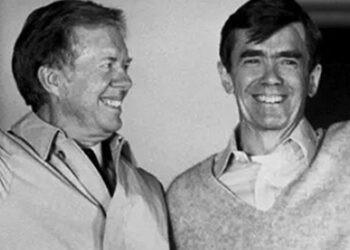But prices are so high that Iran is still raking in revenues greater than in any year prior to 2011.
Exports last year were around 2.5 million barrels a day, according to the Energy Information Administration of the US Department of Energy. Industry estimates put exports in February at 2.2 million barrels a day and in March at 1.9 million.
The estimates are based on ships loading at Iranian oil terminals. Such estimates are far from perfect and different analysts often come up with different figures. But there is now broad agreement that Iranian exports are down significantly.
What’s more, because EU sanctions bar European firms from insuring cargos of Iranian oil, fewer non-Iranian tankers are calling, forcing the National Iranian Tanker Co. (NITC) to carry much more Iranian oil than before.
Ship tracking data from Bloomberg news shows that about 73 percent of all exports in the first half of March were carried by NITC tankers versus 56 percent in February. NITC does not have enough tankers to carry all of Iran’s exports at the 2011 rate.
Barclays Capital said exports so far this year are down 14 percent to 18 percent from last year’s levels.
According to Petrologistics, a Geneva-based oil consultant, Iran’s crude exports were 2.2 million barrels a day in February and have been running at 1.9 million in the first three weeks of March. At 1.9 million, exports would be off 24 percent from last year.
The average price of an OPEC barrel this month is $123.13, up 15 percent from the average price in 2011. So higher prices are not covering the 24 percent loss in exports. But last year’s price average was a record high. The combination of lower exports and higher prices means that Iran is currently taking in revenues at a higher rate than in an year prior to 2011. It is not hurting, yet.
The Islamic Republic has not admitted to the loss of a single barrel in sales. Early in March, Oil Minister Rostam Qasemi said flatly that shipments were unchanged from 2011.














